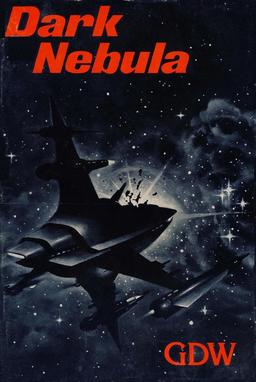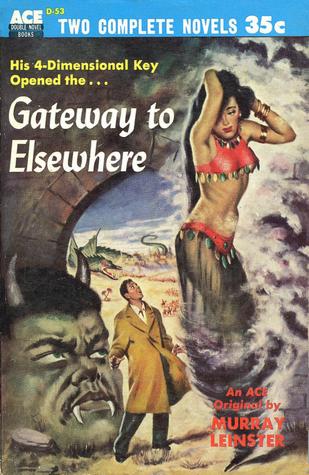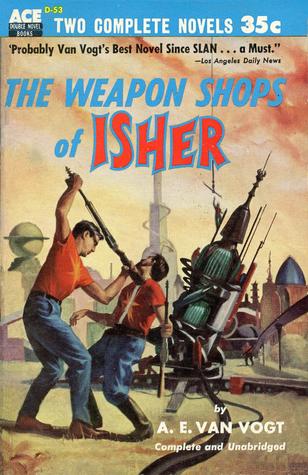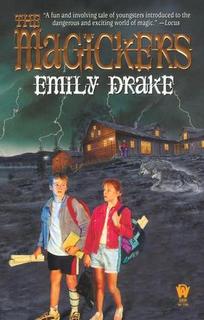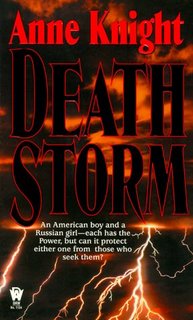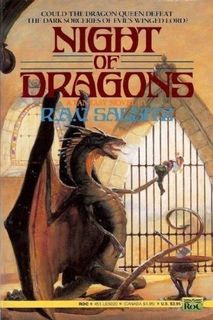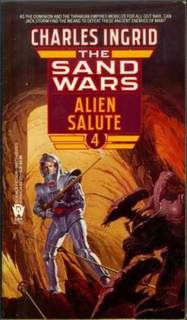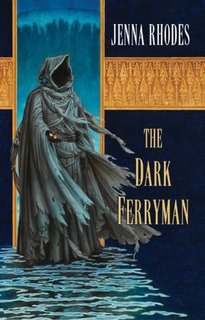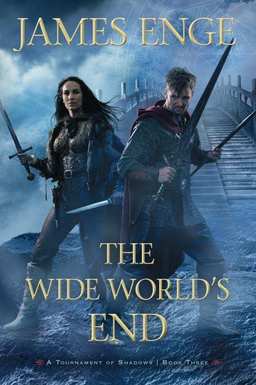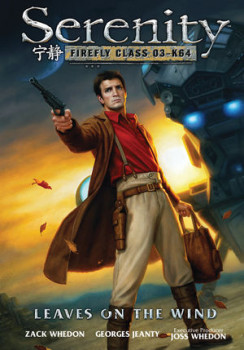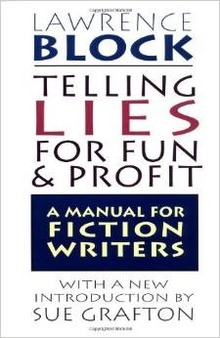Give a Warm Welcome to Saga Press, Launching This Spring
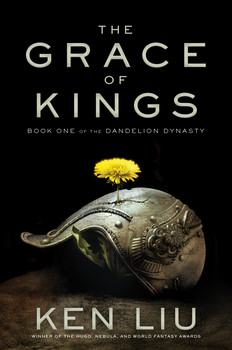 |
 |
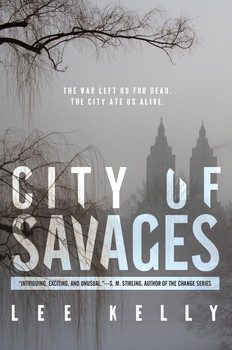 |
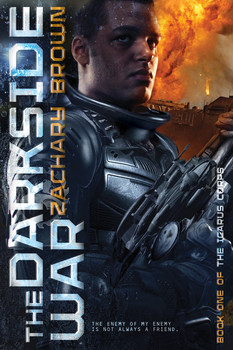 |
There are a lot of books vying for your attention at the World Fantasy Convention. Publishers put free books in your convention bag, publicists place colorful flyers on the giveaway table, and hopeful authors hand out bookmarks and cards by the dozens. I always leave the con with my head brimming with promising new books, authors, and publishers.
Of course, I forget most of them within a day or two. Well, maybe it’s for the best. I couldn’t possibly read them all anyway.
It’s the ones that linger in my mind a couple weeks after the con that truly deserve my attention. Sort of a Darwinian survival-of-the-fittest contest, taking place in the dusty corners of my brain. Good to know those brain cells are doing something, I suppose.
It’s been over two weeks since the 2014 World Fantasy Convention now, and I’m already having trouble remembering what city it was in. (Some brains are more skilled at forgetting than others. My brain is an expert.) But a handful of books I glimpsed at the con have managed to stay with me, and a surprising number of them are from the brand new publisher, Saga Press. In fact, I’d venture to say that Saga had perhaps the most impressive slate of upcoming titles I saw at the con — and that’s saying something.
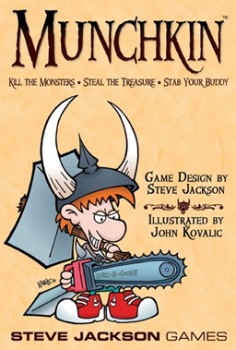
 Last August,
Last August, 